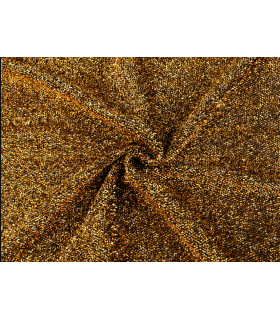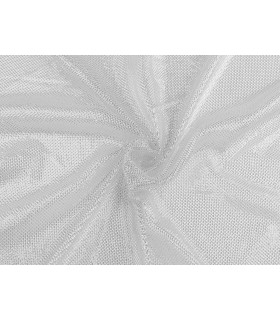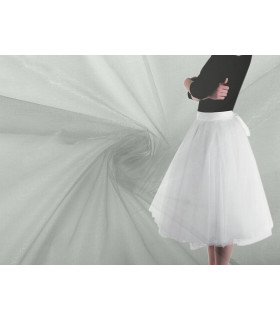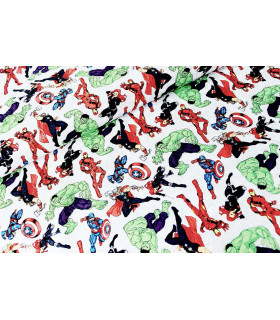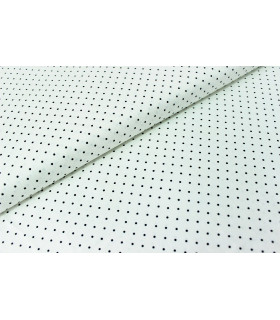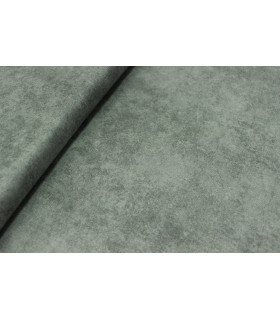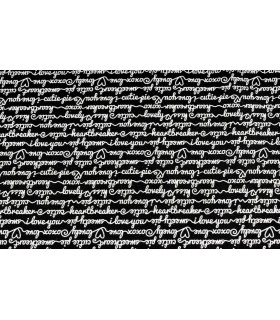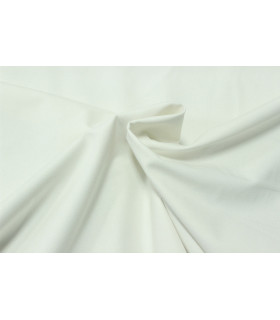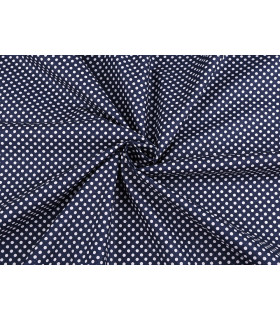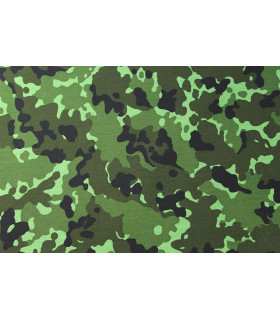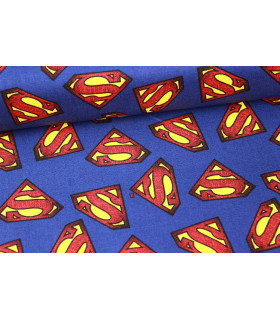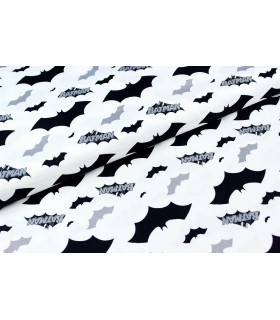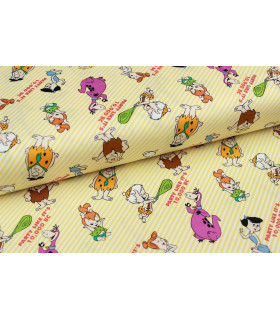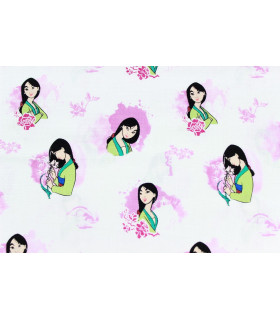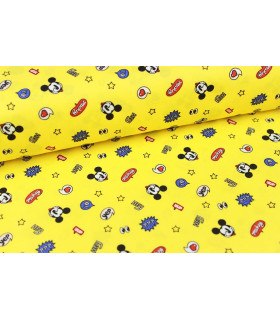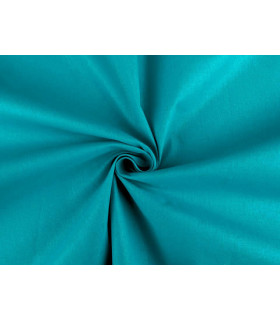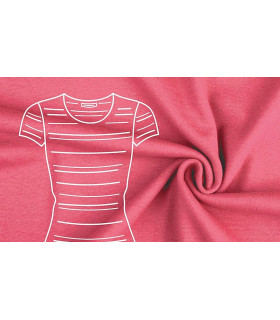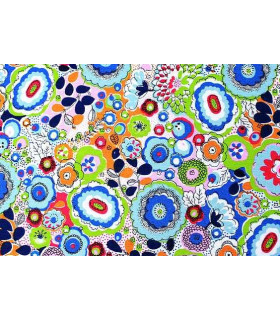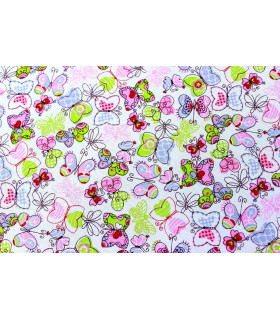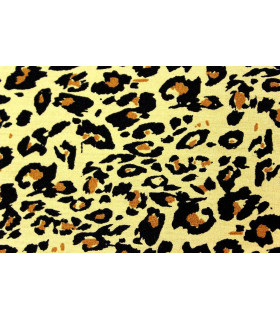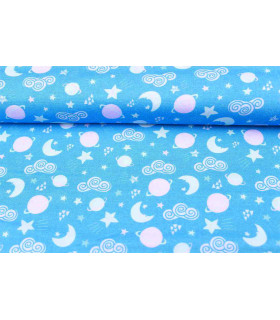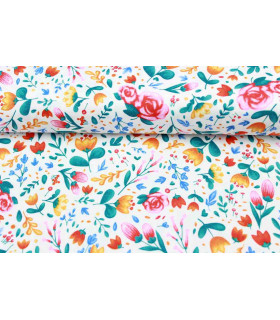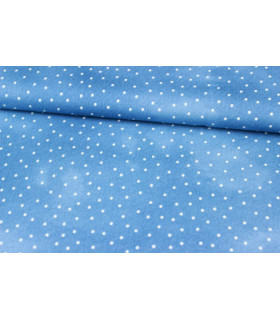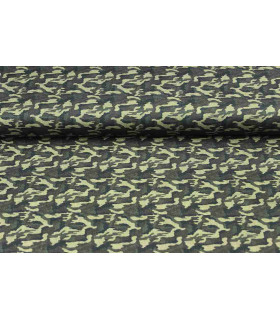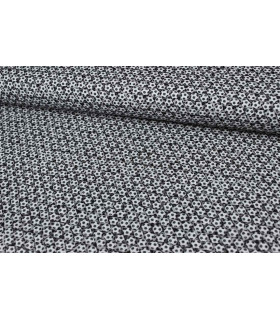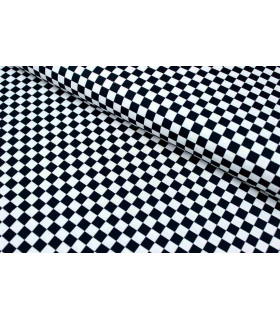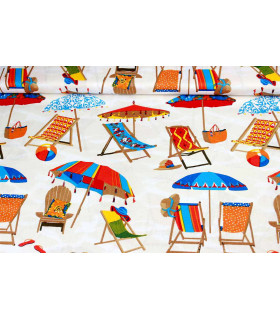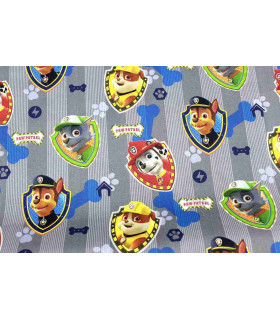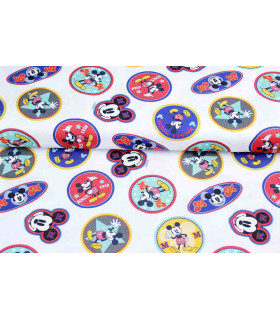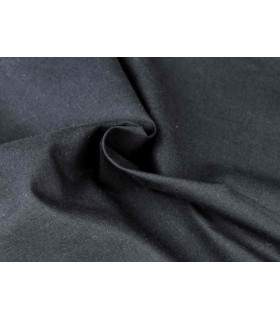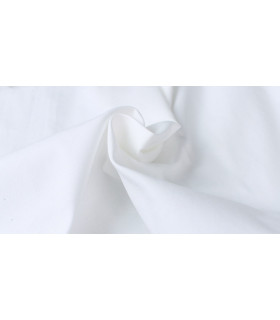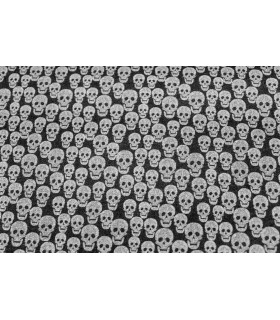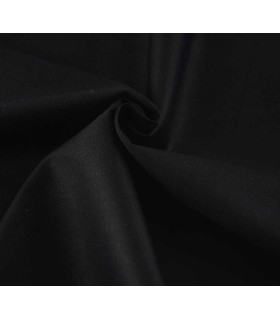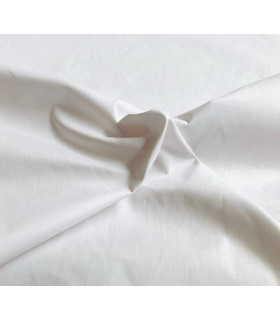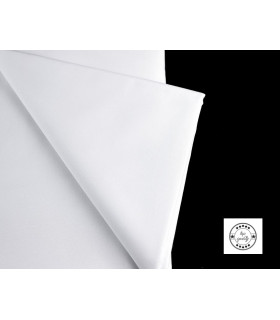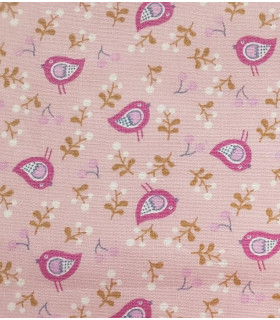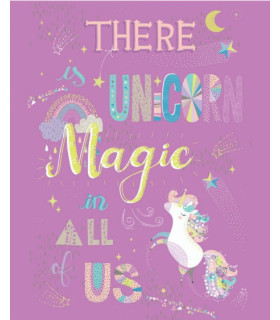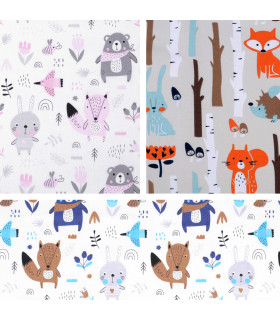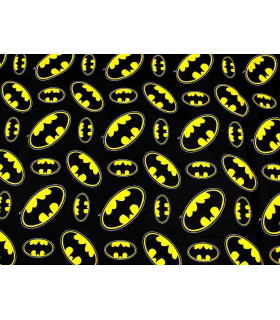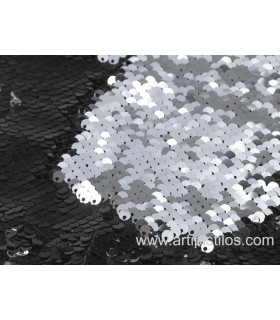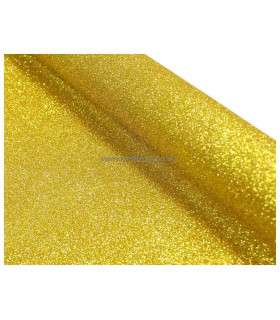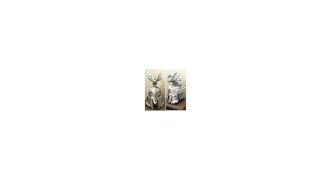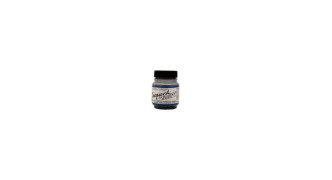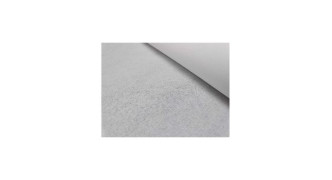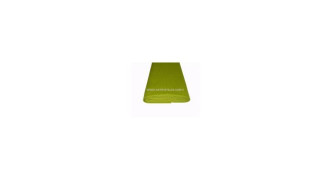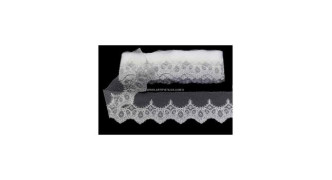FABRICS
REDUCED
REDUCED
REDUCED
REDUCED
REDUCED
REDUCED
REDUCED
REDUCED
printed fabric 100% cotton / 50 cms x 110 cms
MICKEYTHING/REDUCED
REDUCED
REDUCED
REDUCED
REDUCED
REDUCED
100% cotton poplin. 1 meter X 148 cm
POPELIN/100% cotton fabric - 280 cm X 100 cm
TJALDN01/REDUCED
REDUCED
Reversible sequin fabric
SK3002/REDUCED
FIND ALL THE FABRIC TYPES YOU'RE LOOKING FOR HERE
Are you looking for types of fabrics for dresses, for hats, for headpieces...? Whatever you need them for, in this section you will find all the types of fabric you may need.
As for the fabric material, our main choice are the cotton fabrics, a safe bet. Some of them have a water-repellent finish, which means they are especially resistant to liquid stains (very useful if you have children or kids around you!). We also have satin fabric, suedette fabric, jute fabric, polyester fabric among others.
Regarding the designs, here you will find the widest variety of printed fabrics of our entire online store. If you want to make something for a child, here you will find plenty of options to choose from. To mention some, you can get fabrics with Mickey Mouse, Batman, Superman, Spiderman, Mulan, camouflage, butterflies, PAW Patrol, and many more prints.
On the other hand, we have fabrics with prints more suited for adults, such as plaid, striped, polka dot, leopard print, floral, etc. We also have special fabrics, like sequined fabrics or glitter fabrics.
Of course, you can always count on our basic fabrics, available in multiple colors.
WHAT IS FABRIC?
Fabrics or textiles are sheet-like materials made by interlacing and linking threads or fibers.
When this process occurs with longitudinal (warp) and transverse (weft) threads, they are called 'woven fabrics'. When it is done with loops forming a mesh, they are called 'knitted fabrics' or 'knits'. They can also be made by interlacing two or more warp threads without weft, like some types of tulle.
The textile industry is known as weaving. The manufacture of fabrics from natural, artificial, or synthetic fibers, along with their multiple combinations, creates a wide variety of fabric types.
Human beings created different types of textiles to protect their bodies and their homes from various climatic phenomena (heat, cold, rain, wind, light). In the Neolithic period, they started spinning flax for summer and wool for winter, for which they invented the spindle and the loom. Later on, they began to create all kinds of accessories, tools, and complements with the fabric, including hats.
The design of looms was refined over the centuries, but broadly speaking did not undergo substantial changes until the inclusion of the steam engine. This gave rise to the industrial loom, which drastically multiplied the production of textiles, thereby reducing their price.
We can classify fabrics into 3 types according to their structure:
- Plain or 'warp and weft' fabrics, which include taffeta, twill and satin or satin.
- Complex fabrics (more elaborate than plain ones) which include pile fabrics (corduroy, velvet...), double cloth or reversible fabrics, and others such as brocades, piqué, damasks, etc.
- Knitted fabrics, which can be flat or tubular depending on the machine used.



